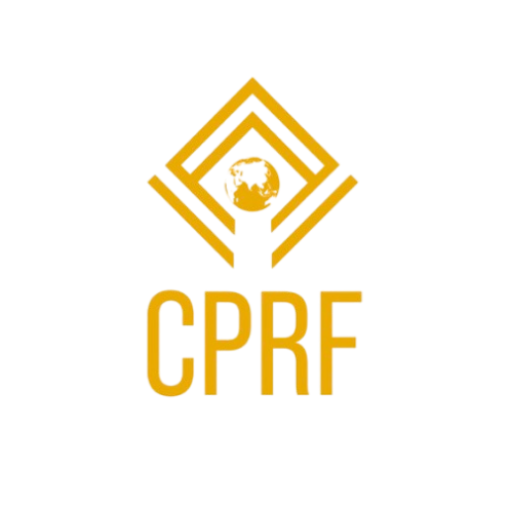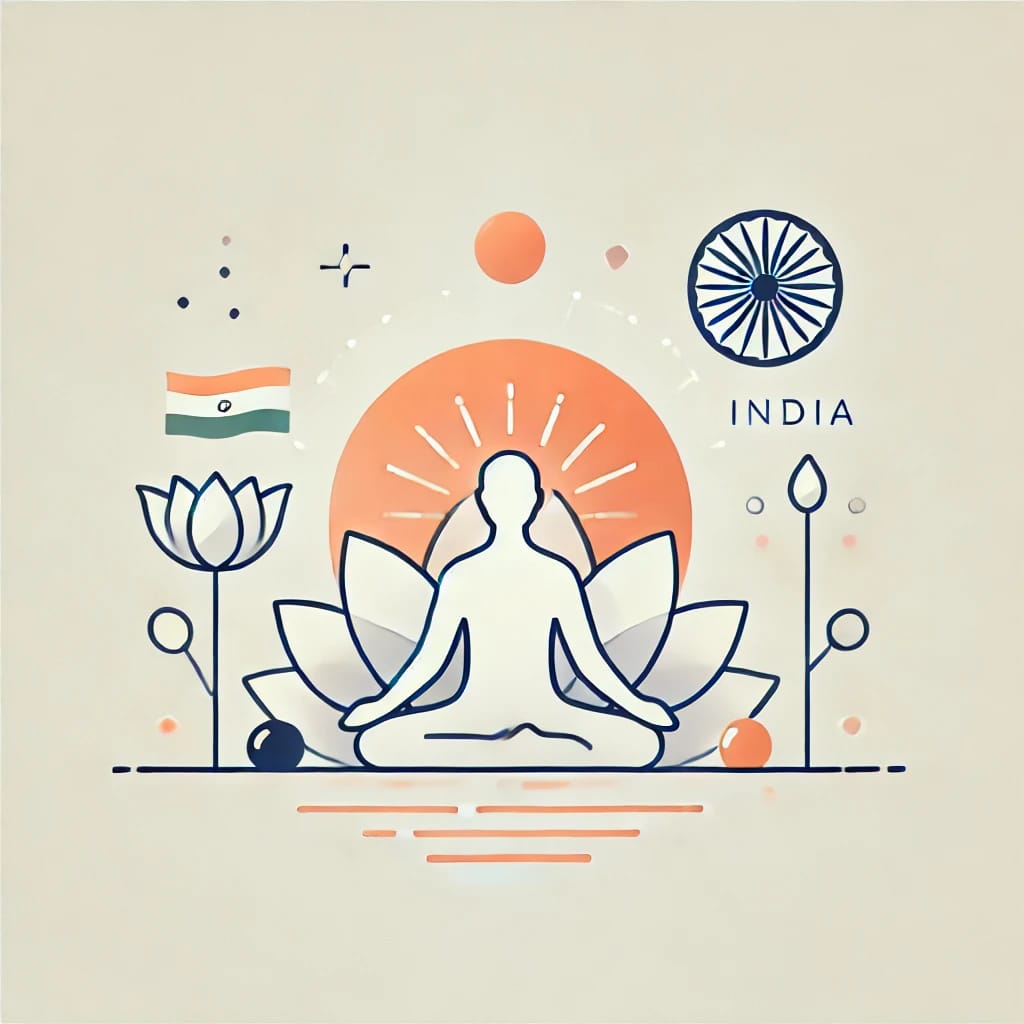- Author : Vipashu Gautam
29th November 2024 was a historic day for the world, and an even greater milestone for India and its heritage. On this day, the United Nations General Assembly officially declared 21st December as World Meditation Day.
This becomes a historic step for India because, after the worldwide recognition of Yoga, the establishment of World Meditation Day further formalizes and expands India’s soft power and influence across the globe.
The simplest definition of soft power is “power without physical force,” or as the renowned political thinker Joseph Nye described it: “When one country gets other countries to want what it wants, it might be called co-optive or soft power, in contrast with the hard or command power of ordering others to do what it wants.” The domain of soft power includes expanding cultural, economic, linguistic, or even religious influence in other countries. Different nations leverage these resources to establish hegemony over others.
When we talk about India’s immediate neighbor and rival, China, we have witnessed in recent years how it has been utilizing its strong economic base to expand its influence worldwide. Through the Belt and Road Initiative (BRI), China is increasing its presence in Asia, Africa, and Europe by connecting countries along the maritime and land silk routes using economic aid and diplomatic relations. During the COVID-19 pandemic, China further extended its influence by assisting African nations with vaccination programs and building health infrastructure.
Post the 1990s, China shifted its focus towards enhancing its soft power. As Chinese President Xi Jinping said in 2014 “We should increase China’s soft power, give a good Chinese narrative, and better communicate China’s message to the world,” While cultural aspects such as Confucius Institutes and Chinese martial arts have been leveraged for soft power, the primary tool driving its soft power expansion has been its robust economic base.
On the other hand, India aims to counter these efforts by leveraging both its rich cultural heritage and its growing economy. Interestingly, India is among the rare civilizations that have largely preserved their cultural identity despite significant Western influence.
India focuses on a different aspect of soft power: projecting its culture as supreme in the eyes of other nations, fostering a sense of respect towards India globally, and becoming an essential part of the daily lives of people in other countries. This is precisely what India is achieving through various tools, with yoga and meditation playing a significant role. Both of these practices are universal and integral to an individual’s daily routine, making them powerful instruments of influence.
Starting with yoga, its global significance and market size have been steadily growing since the recognition of Global Yoga Day on 21st June 2014. According to a report by Grand View Research, the global yoga market was valued at USD 107.1 billion in 2023 and is projected to grow at a compound annual growth rate (CAGR) of 9.4% from 2024 to 2030. As per a study by Zippia, there are currently 36 million yoga practitioners in the USA alone, and globally, the number stands at 300 million.
The practice of yoga is gaining popularity in major developed nations like the USA, Japan, UK, Germany, France, and China, gradually becoming an essential part of their citizens’ daily routines. This growing influence has helped position India as a “fitness guru” on the global stage.
Indian-trained fitness instructors have become ambassadors of yoga in the West and other countries, significantly enhancing India’s soft power. Additionally, as one of the largest exporters of pharmaceuticals, India has also emerged as a primary source of yoga and Ayurveda exports. This dual role as a leader in both modern medicine and traditional wellness practices amplifies India’s influence on the global stage.
Turning to meditation, it has always held a prominent place in Indian culture as a practice for attaining inner peace. The roots of meditation can be traced back to the Vedic sages, as well as traditions in Buddhism and Jainism. This is why the recognition of 21st December as World Meditation Day has been a significant boost to India’s soft power.
Indian organizations like Sattva, Headspace, and Vipassana training centers have carved a distinct identity in the global wellness space. Every day, thousands of people participate in live sessions to learn meditation from India-based centers and incorporate it into their lives. The Vipassana movement alone has over 160 global centers outside India.
Spiritual leaders such as Gurudev Sri Sri Ravi Shankar and Sadhguru, who wield immense global influence, have played a pivotal role in bringing Indian meditation practices to the world stage. A testament to this influence was evident during the first-ever World Meditation Day event on 21st December, organized by the United Nations. Gurudev Sri Sri Ravi Shankar, the chief guest and meditation guide for the event, conducted a session attended by thousands of people physically and millions online across platforms like YouTube. Over 180 countries participated simultaneously, meditating under the guidance of an Indian guru.
Like yoga, meditation—often practiced alongside yoga—is bolstering India’s global image and further establishing its reputation as a leader in wellness and spiritual practices.
India promotes its culture through various means, whether it be yoga and meditation, Ayurveda, or even Bollywood. By leveraging its influence in the United Nations, tapping into the psychological advantage of being an ancient civilization, and capitalizing on its growing economy, India is striving to expand its soft power globally. It is positioning itself as a “spiritual leader” and a provider of peace” on the world stage.
Through yoga and meditation, India not only fosters respect among people worldwide but also creates a cultural movement. Such activities often take on a cult-like following, where individuals feel a sense of well-being and pride in adopting these practices. This phenomenon mirrors how wearing jeans became a cultural statement in India during the 1990s or how eating at McDonald’s is often associated with a sense of sophistication. Similarly, India aims to leave a lasting impression on the global psyche through these practices.
Economically, India is also advancing its soft power by assisting neighboring countries such as Sri Lanka and Bhutan, as well as Caribbean nations like Trinidad and Tobago, by providing free COVID-19 vaccines. This aligns with India’s “Vasudhaiva Kutumbakam” philosophy, showcasing itself as a nation that cares for the global family.
India’s economy stands to benefit from the growing global popularity of yoga and meditation, as it remains the primary source of these services. The export of skilled yoga and meditation teachers, as well as related techniques and services, will further enhance India’s economic prospects. Additionally, the increasing demand for these practices abroad is encouraging Indian youth to specialize in this field and seek opportunities overseas, leading to a positive expansion of the Indian diaspora and further amplifying India’s global influence.
Bibliography
- Grand View Research. (2023). Yoga market size, share & trends analysis report. Retrieved from https://www.grandviewresearch.com
- Zippia. (2023). Yoga statistics 2023. Retrieved from https://www.zippia.com
- Nye, J. S. (1990). Bound to lead: The changing nature of American power. Basic Books.
- The Art of Living Foundation. (2024). Global meditation events led by Gurudev Sri Sri Ravi Shankar. Retrieved from https://www.artofliving.org
- United Nations. (2024). World Meditation Day observance. Retrieved from https://www.un.org
- Vipassana Research Institute. (2024). Global centres of Vipassana meditation. Retrieved from https://www.vridhamma.org
- Dhamma.org. (2024). What is Vipassana meditation?. Retrieved from https://www.dhamma.org
- Council on Foreign Relations. (2023). China’s big bet on soft power. Retrieved from https://www.cfr.org/backgrounder/chinas-big-bet-soft-power
- Press Trust of India. (2024). India’s free vaccine diplomacy: Expanding soft power. The Economic Times.
- NDTV. (2024). World Meditation Day 2024: India leads celebrations at UN’s first-ever global event. Retrieved from https://www.ndtv.com/feature/world-meditation-day-2024-india-leads-celebrations-at-uns-first-ever-global-event-7298448
- Times of India. (2023). Yoga across the globe: Some facts and figures to check. Retrieved from https://timesofindia.indiatimes.com/readersblog/thethinkingcap/yoga-across-the-globe-some-facts-and-figures-to-check-54918/
- India vs Disinformation. (2023). Yoga: A powerful tool to advance India’s soft power image. Retrieved from https://www.indiavsdisinformation.com/en/20230915/yoga-a-powerful-tool-to-advance-india-s-soft-power-image#:~:text=Harvard%20Professor%20Joseph%20Nye%20defined,encapsulates%20this%20aspect%20very%20well.


Leave a Reply